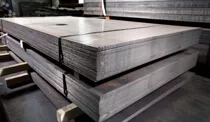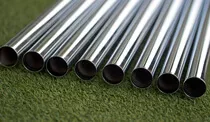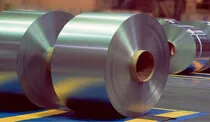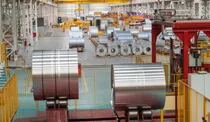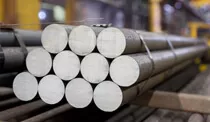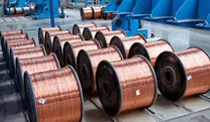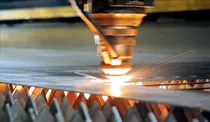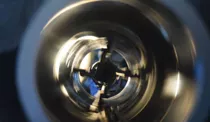Common standards, applications and classifications of stainless steel tubes
Stainless Steel Pipe Executive Standards
- GB/T14976-2012 seamless stainless steel pipe for fluid transportation
- (replacing GB/T14976-2002 replacing GB/T14976-1994 replacing GB2270-1980)
- GB/T14975-2012 Seamless stainless steel pipes for structural use (replacing GB/T14975-2002)
- GB13296-2013 Stainless steel tubes for boiler tubes and heat exchangers
- (GJB2608-96) (YB676-73) Structural tubes and thick-walled seamless steel tubes for aviation
- (GJB2296-95)(YB678-71)Stainless steel tubes for aviation
- (YB/T679-97) (YB679-71)Thin-walled seamless steel tubes for 18A hollow rivets for aviation
- (GJB2609-96) (YB680-71) Structural and thin-walled seamless steel tubes for aviation
- (YB/T681-97) (YB681-71) Thin-walled seamless steel tube, 20A, for ducts for aviation
- GB3090-2000 Stainless steel pipe of small diameter
- GB5310-2017 Seamless steel pipe for high pressure boiler
- GB3087-2008 Low and medium pressure boiler tubes
- GB3089-2008 Seamless steel pipe with very thin wall for stainless steel and acid resistance
- GB9948-2013 Seamless steel tubes for petroleum cracking
- ASTM A213 Ferritic and austenitic alloy tubes for boilers and heat exchangers
- ASTM A269 Austenitic stainless steel tubes and pipes for general use and welded tubes
- ASTM A312 Welded tubes and pipes of austenitic stainless steel, seamless
- ASTM A450 General requirements for carbon, ferritic and austenitic alloy steel tubes and pipes
- ASTM A530 General requirements for ferrous and alloy steels for special purposes
- ASTM A789 General requirements for seamless and welded steel tubes and pipes of carbonitic austenitic stainless steel
- JIS G3456-88 Stainless steel pipes for mechanical structures
- JIS G3448-88 Stainless steel pipes for general pipelines
- JIS G3459-88 Stainless steel tubes and pipes for pipelines
- JIS G3463-88 Stainless steel tubes for boilers and heat exchangers
- Q/HYAD Seamless steel pipes for chemical industry
- (0Cr18NI11T) Q/HYAD Cr18Ni5MO3Si2 duplex stainless steel seamless steel pipe
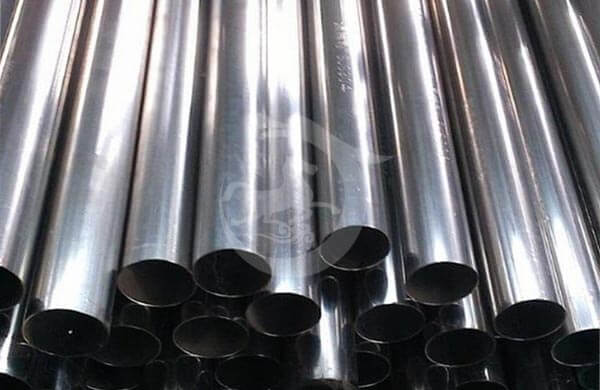
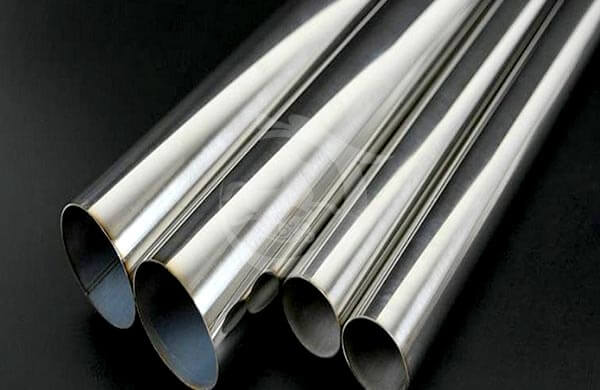
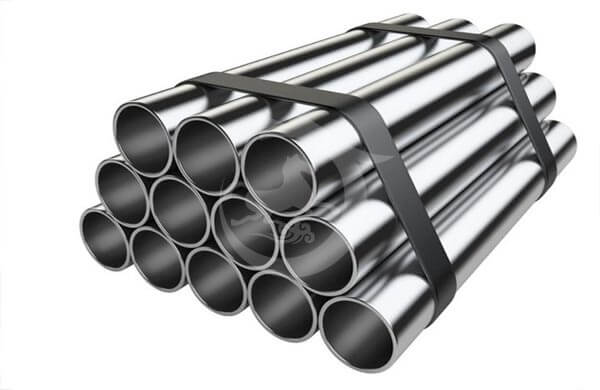
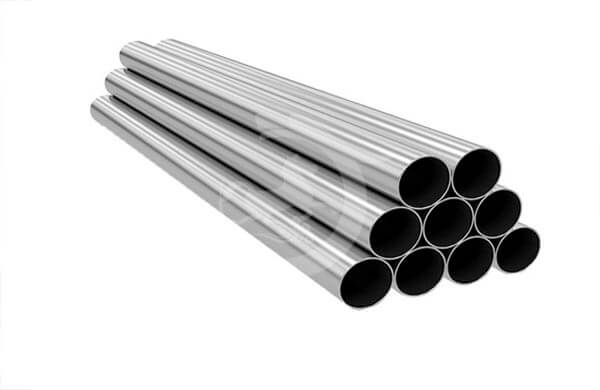
Application requirements
Automotive industry
The main stainless steel used is the exhaust system, which accounts for more than 1/2 of the total stainless steel used in automobiles, and 80% is ferritic stainless steel. The exhaust gas produced by the car engine flows through the exhaust gas intake pipe, front pipe, hose, converter, centre pipe and finally from the muffler. Commonly used steel grades for exhaust systems are 409L, 436L, etc. Automotive mufflers mainly use stainless steel welded pipes. It is estimated that the stainless steel pipes used in automobiles account for about 1.5% of the entire downstream usage of stainless steel pipes, while the ratio of seamless stainless steel pipes to welded pipes is about 2:1.
Petrochemical industry, including the fertilizer industry
The demand for stainless steel tubes is great, the industry mainly uses stainless steel seamless tubes, specifications include: 304, 321, 316, 316L, 347, 317L, etc., the outer diameter in ¢18-¢610 or so, wall thickness in 6mm-50mm or so (generally is the choice of specifications in Φ159mm or more low and medium pressure conveying pipeline), the specific application areas are: furnace tube, material conveying tube, heat exchanger tube, etc. Heat exchanger tubes, etc.
Fluid transport such as water and gas
Stainless steel pipes and their water transmission equipment are the most advanced basic water purification materials in the world today, with strong anti-corrosion properties that cannot be compared with cast iron, carbon steel and plastic pipes.
The best material for the water industry, such as water preparation, storage, transmission, purification, regeneration and desalination. The annual demand is approximately 25,000 tonnes.
Equipment manufacturing and maintenance
More than 20,000 tonnes of stainless steel tubes are consumed annually. This type of industry mainly uses sanitary or antibacterial grade stainless steel tubes. Sanitary seamless tubes made from imported SUS304 and 316L can meet the special requirements of various media in the food and bio-pharmaceutical fields. With the advantages of stainless steel and good antibacterial properties, antibacterial stainless steel is in increasing demand in the fields of kitchen equipment, worktops and utensils for the food industry, medical equipment, tableware and brackets for hanging towels in daily life, and brackets for refrigerated cabinets.
Material classification
Stainless steel tubes can be divided into Cr series (400 series), Cr-Ni series (300 series), Cr-Mn-Ni (200 series) and precipitation hardening series (600 series) according to their composition.
- 200 series - Cr-Ni-Mn austenitic stainless steel 300 series - Cr-Ni austenitic stainless steel.
- 301 ----- has good ductility and is used for forming products. It can also be rapidly hardened by mechanical processing. Good weldability. Better wear resistance and fatigue strength than 304 stainless steel.
- 302 ----- has the same corrosion resistance as 304, but is stronger due to its relatively high carbon content.
- 303 ----- is easier to machine than 304 by adding small amounts of sulphur and phosphorus.
- 304 ----- is 18/8 stainless steel. GB grade 0Cr18Ni9. 309 - has better temperature resistance than 304.
- 316 ----- is the second most widely used steel grade after 304, mainly in the food industry, the pharmaceutical industry and surgical equipment, where the addition of molybdenum gives it a special structure that resists corrosion. It is also used as a "marine steel" due to its better resistance to chloride corrosion than 304 stainless steel tubes. SS316 is commonly used in nuclear fuel recovery installations. 18/10 grade stainless steel tubes are usually also in this application class.
- Type 321 - similar properties to 304 except that the addition of titanium reduces the risk of corrosion in the material's welds.
- 400 series - ferritic and martensitic stainless steels.
- 408 - Good heat resistance, weak corrosion resistance, 11% Cr, 8% Ni.
- 409 - The cheapest type (British and American), usually used for car exhausts, a ferritic stainless steel (chromium steel).
- 410-Martensitic (high strength chromium steel), good wear resistance, poor corrosion resistance.
- 416 - Sulphur is added to improve the machinability of the material.
- 420 - "Cutting tool grade" martensitic steel, similar to Brinell high chromium steel, the earliest stainless steel. Also used for surgical knives and can be made very bright.
- 430 - Ferritic stainless steel, used for decorative purposes, e.g. for car accessories. Good formability, but less resistant to temperature and corrosion.
- 440 - High-strength cutting tool steel with a slightly higher carbon content, with a high yield strength after appropriate heat treatment and a hardness of 58 HRC, among the hardest stainless steels. The most common application is in "razor blades". There are three common types: 440A, 440B, 440C and also 440F (easy to work with).
- Series 500 - heat resistant chromium alloy steel.
- 600 Series - Martensitic precipitation hardening stainless steel tubes.


